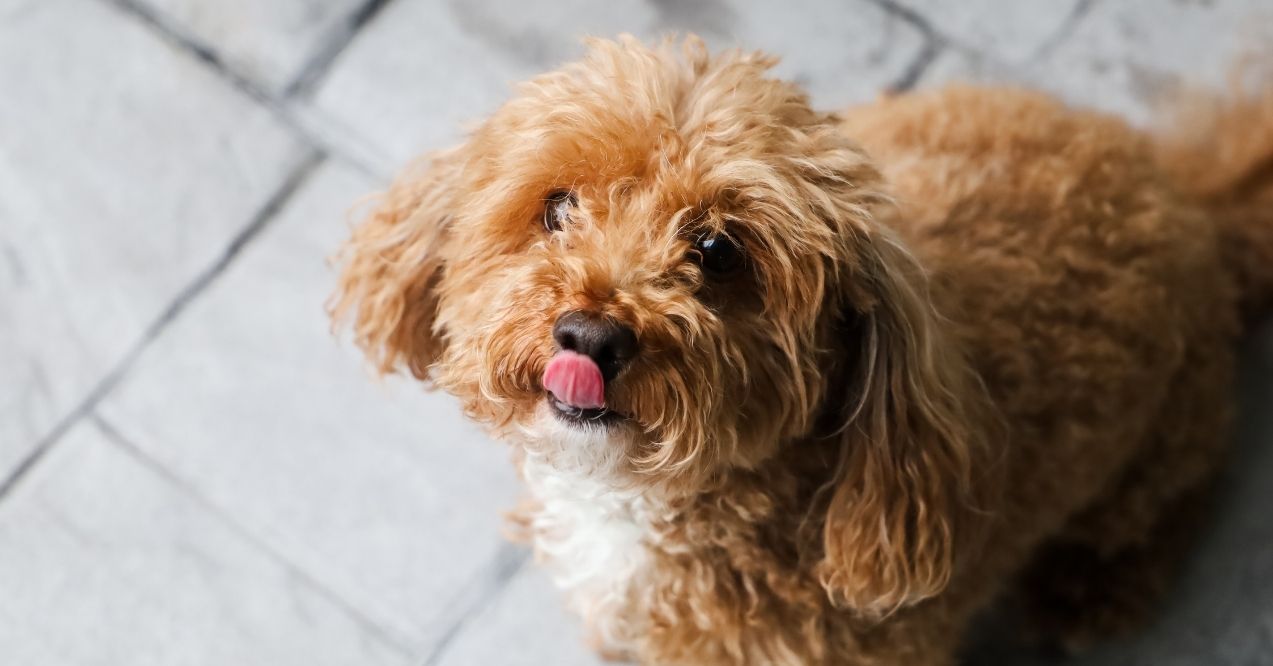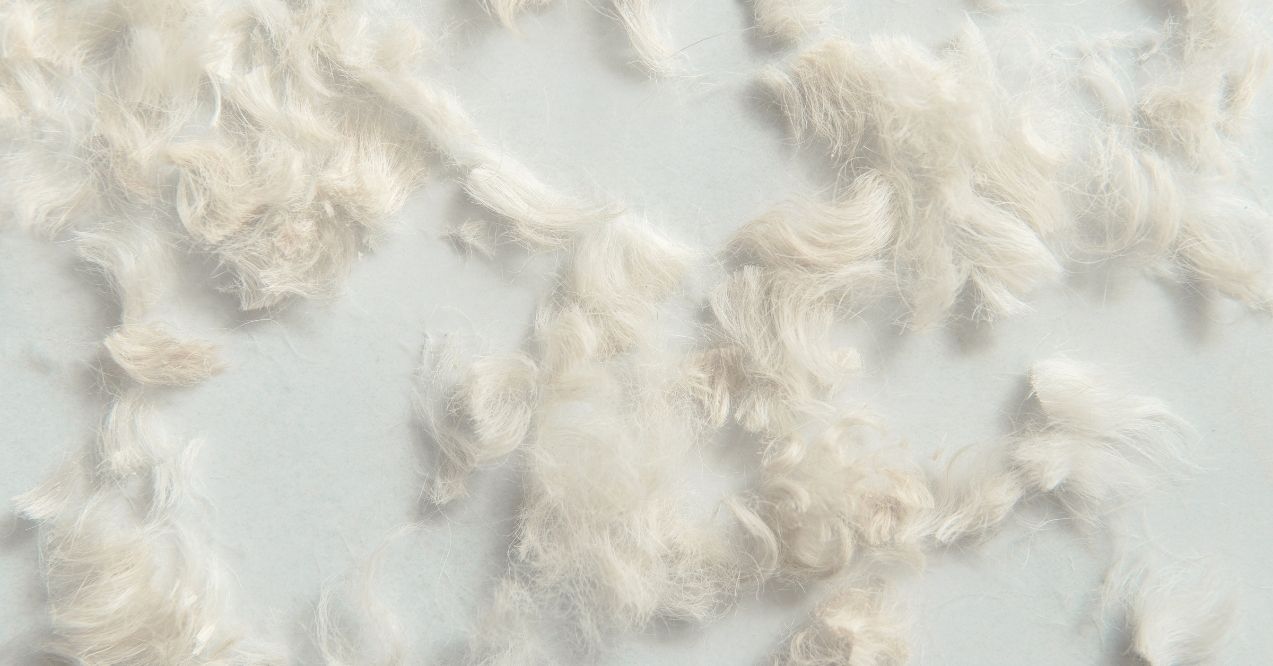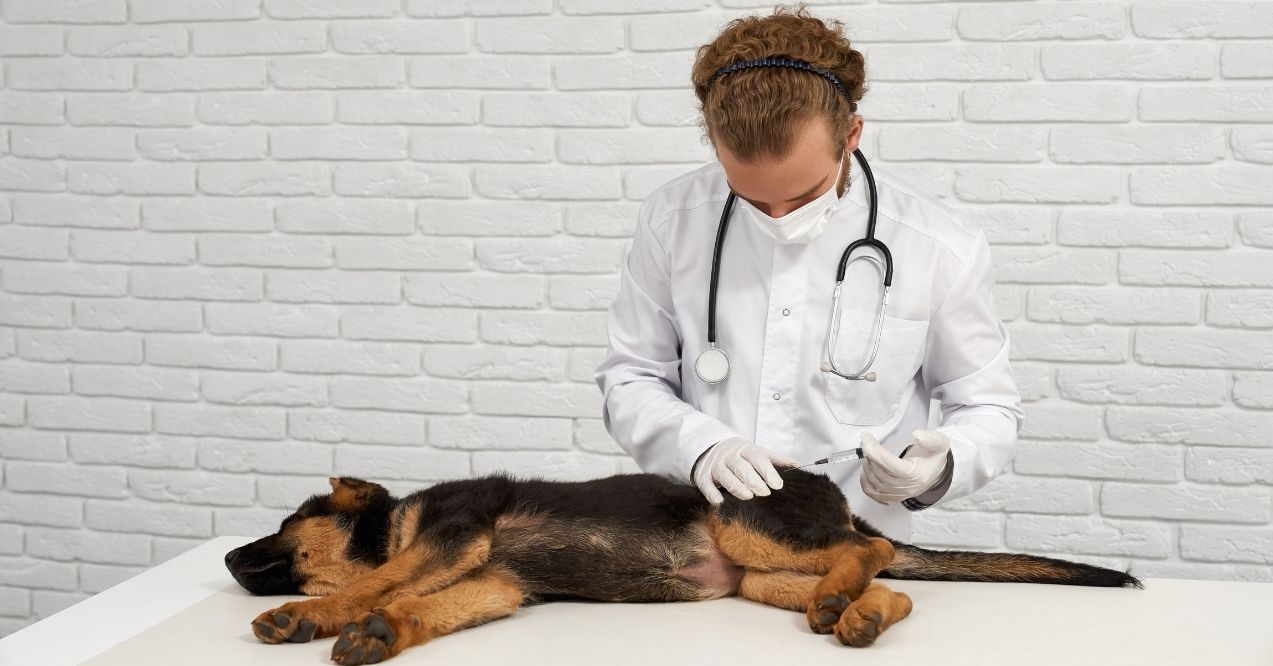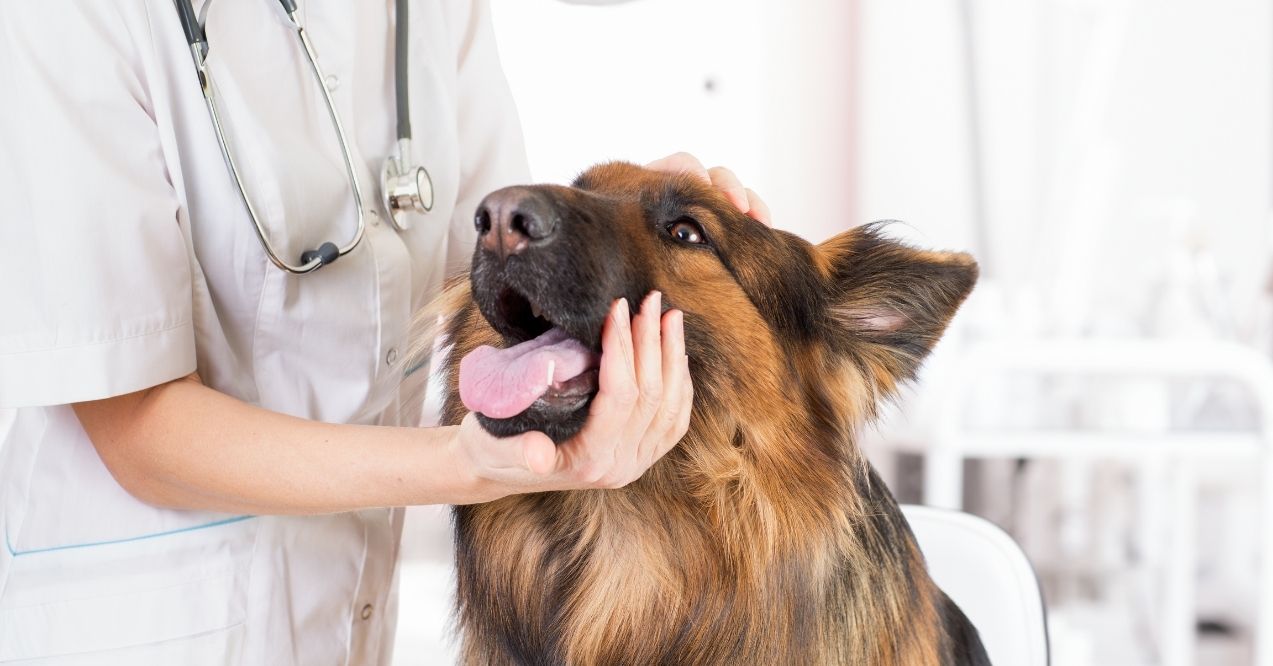Rottweiler Breed Information
The powerful Rottweiler stands out with its muscular build, distinctive black-and-tan coat, and confident demeanor. These loyal guardians combine strength with intelligence, making them versatile companions for the right homes. Known for their protective instincts, Rotties excel as family protectors while forming deep bonds with their owners.
Our complete guide provides essential rottweiler dog breed information about one of America’s most beloved working breeds. So, let’s dive into what makes this breed special, from their rich rottweiler history to their unique care needs and everything in between.
Breed Overview
Breed Characteristics
Common Health Issues
Care Requirements
Rottweiler History
The history of rottweiler dogs traces back to the Roman Empire, where their ancestors drove cattle and protected camps. These mastiff-type dogs found their home in Rottweil, Germany, where they became known as “Rottweiler Metzgerhund” or “Butcher’s Dog of Rottweil.”
They excelled at pulling meat carts and guarding money pouches around butchers’ necks during market trips. With the advent of railroads, their numbers declined until breed enthusiasts revived them in the early 1900s. The AKC officially welcomed Rottweilers in 1931, and they’ve since flourished as police, military, and family companions.
Physical Characteristics
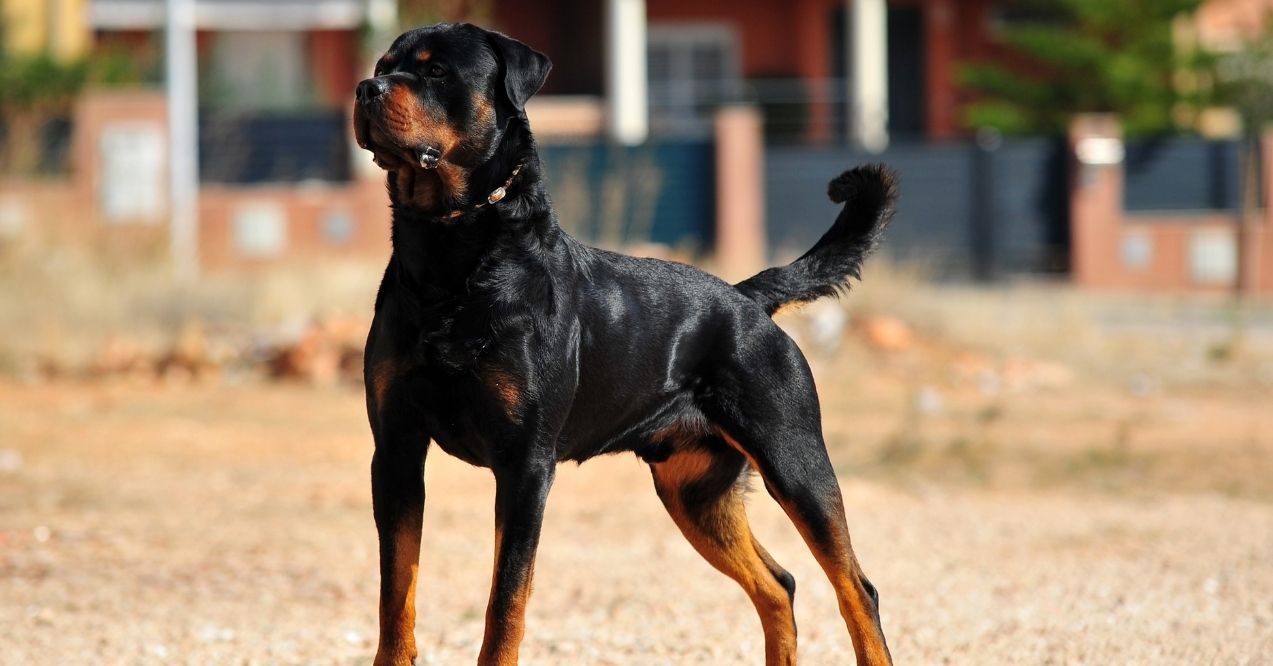
Rottweilers boast a distinctive look that balances power with agility. Their strong bodies, broad heads, and alert expressions make them instantly recognizable. Below we explore the key physical characteristics of a rottweiler that define this commanding breed.
Size and Weight
The size of a rottweiler impresses most first-time meeters. Males stand 24-27 inches at the shoulder, while females measure 22-25 inches tall.
The rottweiler average weight is an important factor to consider when planning their diet and exercise regimen. The rottweiler weight ranges from 95 to 135 pounds for males and 80 to 100 pounds for females. Their sturdy bone structure and muscular build contribute to their substantial weight and powerful appearance, making them a truly formidable presence.
Coat and Colors
Traditional rottweiler colors must follow strict breeding standards to be recognized by kennel clubs: always black with clearly defined rust to mahogany markings. These markings appear in specific locations: cheeks, muzzle, chest, legs, and under the tail.
Their short, straight outer coat has a moderate undercoat that thickens in colder weather. The coat lies flat against the body, giving them a sleek appearance despite their substantial size.
Distinctive Features
Rottweilers sport broad heads with medium-length muzzles and powerful jaws. Their almond-shaped eyes show a warm, confident expression while maintaining alertness.
The breed’s muscular neck flows into a deep chest and level back, creating their distinctive silhouette.
While originally born with tails, many Rottweilers have docked tails in countries where it’s permitted, though natural tails are becoming more common as practices change.
Temperament and Personality

Rottweiler temperament combines confidence with calm awareness. These dogs form deep bonds with their families while maintaining natural guardian instincts. Key rottweiler personality traits include loyalty, intelligence, and a watchful nature.
They typically show affection and playfulness with family but may display reserve around strangers. Their steady disposition makes them excellent companions for those who provide clear leadership and proper socialization.
Without guidance, their protective instincts can become overwhelming, so consistent training from an early age helps shape a well-balanced dog.
Care
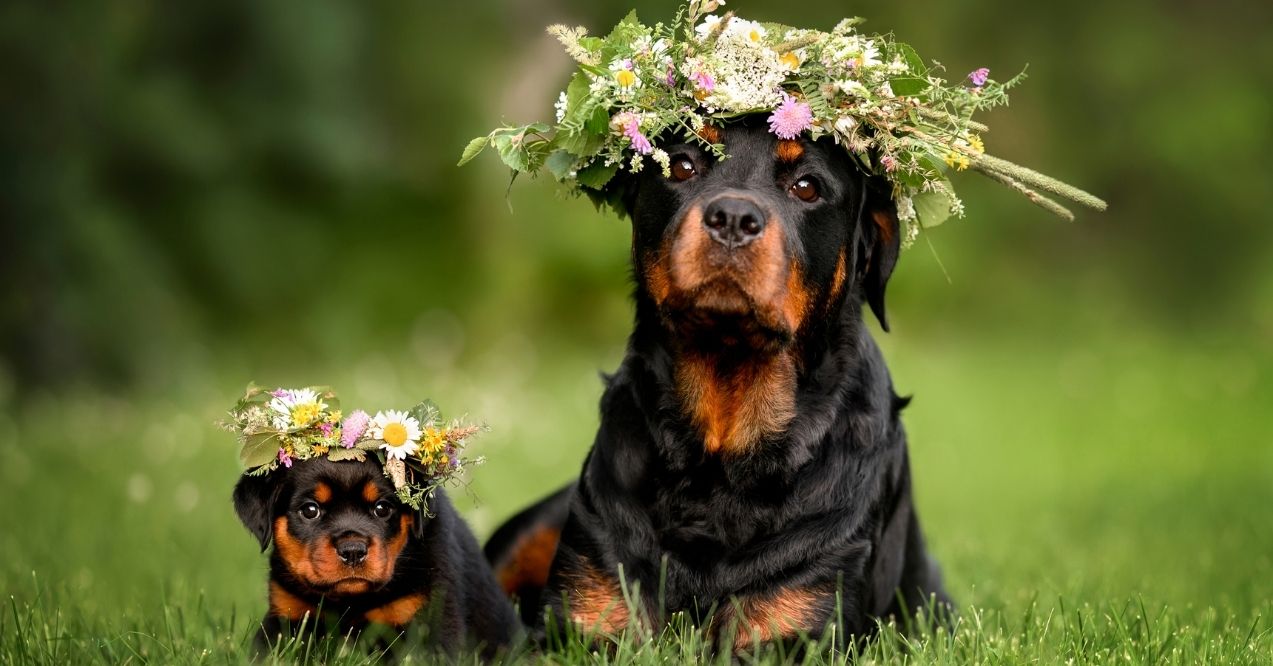
Maintaining your Rottweiler’s health and happiness requires attention to several key areas.
Age Group Diet Needs Exercise Requirements Training Focus Health Monitoring Puppies (0-1 year) 3-4 meals daily of large-breed puppy food Short, frequent play sessions; avoid high-impact activities Socialization, basic commands, bite inhibition Growth rate, joint development, vaccinations Adults (1-7 years) 2 meals daily with portion control 1-2 hours daily of varied activity Advanced commands, ongoing socialization Weight, joint health, cardiac function Seniors (8+ years) 2 meals with senior formula; possible calorie reduction Moderate exercise with low impact Maintaining skills, adapting to changing abilities Mobility issues, cancer screening, dental care
Grooming
Despite their imposing size, Rottweilers need surprisingly modest grooming:
- Their short double coat sheds moderately year-round with seasonal increases.
- Weekly brushing with a firm bristle brush removes loose hair and distributes natural oils.
- Bathe only when necessary to avoid stripping protective oils.
- Check ears weekly for signs of infection, trim nails monthly, and brush teeth several times weekly to maintain overall cleanliness and health.
Exercise
Rottweilers need daily physical activity to maintain muscle tone and mental well-being:
- Plan for at least 60-90 minutes of exercise daily through walks, play sessions, or structured activities.
- Mental stimulation proves just as important as physical exercise—consider puzzle toys, training games, and nose work.
- Without adequate outlets for their energy, these intelligent dogs may develop destructive behaviors or weight issues that impact their health.
Diet and Nutrition
Adult Rottweilers typically need 4-6 cups of high-quality food daily, divided into two meals. Puppies require 3-4 meals with specially formulated large-breed puppy food to support proper growth. Avoid overfeeding this breed, as they gain weight easily, which can stress their joints. Choose foods with quality protein sources, limited fillers, and supplements for joint health. Adjust portions based on age, activity level, and metabolism while monitoring body condition regularly.
Training and Socialization
Rottweiler training requires consistency, patience, and positive reinforcement methods. Their intelligence makes them quick learners, but their independent streak demands clear leadership.
Start socialization from puppyhood, exposing them to various people, animals, and environments. Focus on basic obedience before advancing to more complex tasks. Training challenges may include leash pulling, guarding behaviors, and stubbornness.
Always reward good behavior rather than punishing mistakes. Well-trained Rottweilers excel in obedience, tracking, agility, and therapy work, showcasing their versatility and willingness to please.
Health

Rottweilers typically live 9-10 years and face several breed-specific health concerns. Responsible ownership includes regular veterinary care and awareness of potential issues. With proper monitoring and preventive care, many Rottweilers enjoy healthy, active lives.
Lifespan and Life Stages
Rottweilers mature slowly, reaching adulthood around 2-3 years despite their size.
Puppies (0-1 year) grow rapidly and need careful monitoring to avoid joint stress.
Adults (1-7 years) enjoy their prime with stable energy and health needs.
Senior Rottweilers (8+ years) often show slowed activity and may develop age-related conditions. Throughout each stage, regular veterinary checks help catch potential issues early.
Health Issues
Rottweiler Hip Problems
Hip dysplasia potentially affects many Rottweilers, causing pain and mobility issues. This hereditary condition occurs when the hip joint doesn’t fit properly, leading to arthritis over time. Signs include difficulty rising, reluctance to jump, and abnormal gait. Prevention focuses on maintaining healthy weight, moderate exercise, and joint supplements. Responsible breeders screen parent dogs for this condition to reduce its prevalence.
Rottweiler Eye Problems
Common hereditary eye issues include cataract, entropion (inward-rolling eyelids), ectropion (outward-rolling eyelids), and progressive retinal atrophy. Signs of trouble include squinting, redness, discharge, or changes in vision. Regular eye exams help catch problems early. Many conditions respond well to treatment when identified promptly, while others may require surgical intervention to maintain comfort and sight.
Heart Conditions
Subaortic stenosis represents the most common heart concern in Rottweilers. This narrowing of the aortic valve causes the heart to work harder to pump blood. Symptoms include fatigue, breathing difficulties, and fainting during exercise. Regular cardiac screenings help identify issues before they become severe. Medications can manage symptoms in affected dogs, though severe cases may limit activity and lifespan.
Obesity and Joint Issues
Rottweilers gain weight easily and it becomes one of the main reasons for visits to the veterinary clinic. Obesity in turn may worsen joint problems and strain the heart. Maintain a healthy diet with portion control and regular exercise tailored to your dog’s age and ability. You should be able to feel ribs without seeing them. Obesity increases risks for arthritis, ligament tears, and mobility issues, so weight management plays a key role in overall health.
Cancer Risks
Rottweilers face higher-than-average cancer risks, particularly bone cancer (osteosarcoma). Signs include limping, swelling, or painful areas on legs. Early detection through regular exams increases treatment options. While cancer risk can’t be eliminated, maintaining overall health through proper diet, weight management, and limited exposure to environmental toxins may help reduce risks.
Living with a Rottweiler
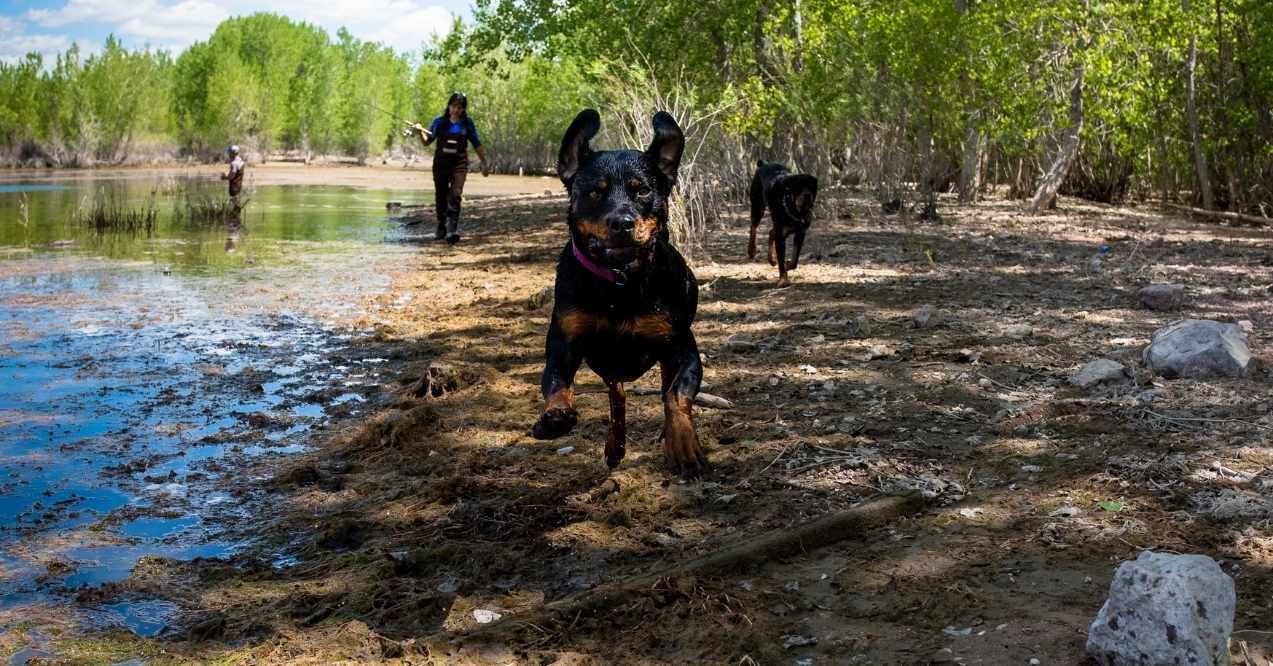
Rottweilers thrive in homes with secure fencing and ample space for movement. They adapt well to various living situations when their exercise needs are met. These dogs form deep bonds with family members and can be gentle with children when properly socialized.
Their protective nature makes them excellent guardians, but also means they need socialization to distinguish between normal situations and threats. They typically do well with other pets when raised together, though same-sex dog aggression can occur. Many excel as therapy dogs, service animals, and working companions due to their intelligence and steady temperament.
Rottweiler Pros and Cons
Considering the pros and cons of rottweiler ownership helps potential owners make informed decisions. These powerful dogs bring both joys and challenges that shouldn’t be taken lightly.
Pros:
- Loyal, protective companions with strong bonds to family
- Intelligent and trainable with exceptional working abilities
- Relatively low-maintenance grooming needs
- Excellent deterrent for intruders
- Confident and steady temperament when properly trained
Cons:
- Potential for dominance without proper leadership
- Significant exercise and mental stimulation requirements
- Higher risk of certain health issues requiring costly care
- Strong prey drive and potential dog aggression without socialization
- Not ideal for novice dog owners or passive households
Facts and Trivia
Rottweiler facts showcase their fascinating heritage and capabilities.
- These dogs served as money carriers for butchers in medieval Germany, wearing pouches around their necks.
- Rottweiler history includes their near extinction and impressive revival as working and companion dogs.
- During both World Wars, they worked as messenger, ambulance, and draft dogs.
- The breed nearly faced extinction in the early 1900s before dedicated breeders revived them.
- Modern Rottweilers excel in police work, search and rescue, and competitive obedience.
Conclusion
The Rottweiler stands as a remarkable blend of power, intelligence, and loyalty. These dignified dogs offer unwavering protection and companionship to families who provide proper training, socialization, and care.
They thrive with owners who appreciate their working heritage and meet their physical and mental needs. While not suitable for everyone, those who commit to understanding this breed’s unique qualities often find themselves rewarded with a devoted guardian and friend.
With proper guidance, a Rottweiler becomes not just a pet, but a steady presence ready to face life’s challenges alongside you.
Rottweilers are highly intelligent and trainable, but they need consistent leadership. Their independent nature means training requires patience and positive reinforcement methods. Start early with socialization to channel their intelligence into positive behaviors.
Both breeds are naturally protective, but Rottweilers tend to be more territorial guardians while German Shepherds are more versatile protectors. Individual temperament varies more than breed differences. Both need proper socialization to balance protective instincts.
Rottweilers can be excellent companions for experienced owners who provide proper training, socialization, and exercise. Their loyalty, intelligence, and protective nature make them devoted family members when their specific needs are met.
Yes, Rottweilers can excel as service dogs. Their intelligence, strength, and work ethic make them suitable for mobility assistance, psychiatric support, and other service roles. Their steady temperament and trainability serve them well in these important jobs.
Advertisement. This site offers health, wellness, fitness and nutritional information and is designed for educational purposes only. You should not rely on this information as a substitute for, nor does it replace, professional medical advice, diagnosis, or treatment. If you have any concerns or questions about your health, you should always consult with a physician or other health-care professional. Do not disregard, avoid or delay obtaining medical or health related advice from your health-care professional because of something you may have read on this site. The use of any information provided on this site is solely at your own risk.







